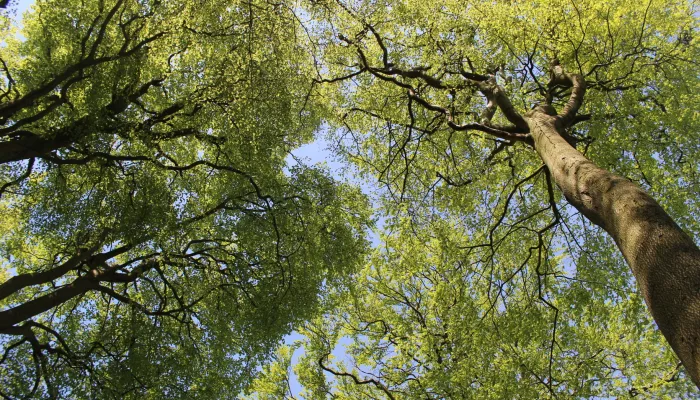Following one of the hottest days of the year, it’s not just people that are struggling, our wildlife and environment is also under threat from hotter summers, but nature also has some of the answers to climate change.
This is one of the many findings of 'The State of Nature in Kent' report, which has just published. The Kent Nature Partnership (KNP) – a group of organisations standing up for nature in Kent and Medway – commissioned the report, which was compiled by Kent Wildlife Trust.
In terms of hot summers, the report says that UK Climate Projections have identified that for Kent and Medway, hotter summers with an increase in average summer temperature of 2-3°C by 2040 are likely.
The natural environment has evolved to adapt with gradual climatic variations; but this speed of climate change means that many species cannot keep up and are declining as their habitats are degraded by hot temperatures and other climatic impacts.
The predicted warmer and drier summers are likely to result in large areas of land becoming unsuitable for some species. Organisations around Kent are now managing land such as woodland and flood plain in new ways to help lessen these impacts, but also to prepare for species from the warmer continent, which have started breeding in Kent, such as Willow Emerald Damselfly and Black-winged Stilts.
In addition, the natural environment can help tackle climate change and reduce greenhouse gas emissions. Soils, trees, hedgerows, grasslands, wetlands, and saltmarsh all store carbon, so increasing coverage of these habitats and improving land management practices will help support carbon reduction targets, whilst also protecting and enhancing biodiversity.
Kent Nature Partnership Chairman, Matthew Balfour said: “It is crucial that organisations across Kent and Medway work together with a renewed level of ambition to tackle the climate and ecological crisis.
“Our report tells us which approaches have either succeeded or failed in the past and is clear that partnership is at the heart of the successes. When action has been joined up, the outcomes have been dramatic.”
The KNP is working with a wide range of organisations to coordinate nature recovery, tackle climate change and to bring benefits to both wildlife and people.
Released today, the report also sets out the decline of species such as Swift and Adder and increases in other species such as Heath Fritillary and Duke of Burgundy butterflies. Species for which Kent is a stronghold, such as Turtle Doves and Nightingales are at risk of being lost as breeding species.
Key messages within the report include how Kent nature partners can work together to gather evidence and invest in the spaces around us, so nature is there for future generations to enjoy.
Director of Conservation at Kent Wildlife Trust, Paul Hadaway said: “Climate change and habitat loss go hand in hand and working together will be the most effective way to combat the climate and nature crises. Kent Wildlife Trust will continue to work with, and challenge, partner organisations, our members and local communities to offer long-term nature-based solutions which create climate resilient landscapes and communities across Kent.
“This report shows many of our species are in decline and the levels of phosphate and nitrate in our water is a genuine cause for concern. There is, however, a huge amount of work being undertaken in the county to restore nature and encourage new wildlife to thrive – this we need to build on and strengthen.
“We need ambition and in West Blean and Thornden Woods we are demonstrating that through the first release of European bison to ‘wild’ an English woodland – the natural activity of these mega-herbivores will reshape the woodland and enable a diversity of life to grow. In Dover we are showing the conservation can be about restoration as much as protection through the reintroduction of the red-billed Chough to Kent.”

State of Nature in Kent report 2021
Our landmark State of Nature in Kent report provides a detailed picture of Kent and Medway.

